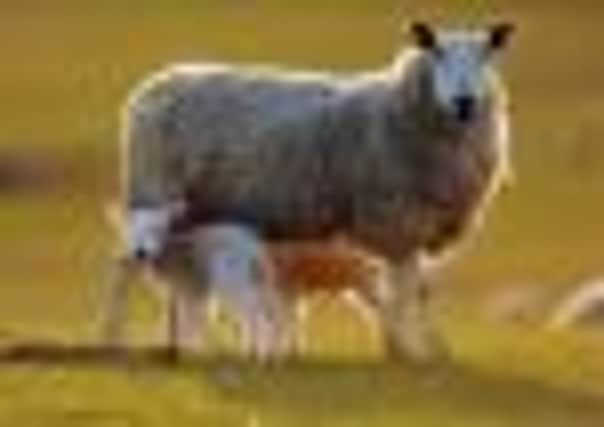April’s cold snap hits lambing


The National Sheep Association’s development officer for Scotland, George Milne, admitted many farms “have experienced severe problems over the lambing period” as a result of the exceptionally bad weather.
“For anyone lambing outside during these nights of torrential rain, there was a severe impact on lamb numbers,” he said.
Advertisement
Hide AdAdvertisement
Hide AdEven where lambs had been born in the warm weather in March, they have not been immune to the April down-turn in temperatures, with many ewes having udder problems in the wet and cold.
Milne added that he had had reports of heavy lamb losses right across the country. Even his own lambing with his 450 strong flock in a normally milder part of the country in east Fife had been very difficult, with a number of lambs not surviving.
It was a similar tale from John Vipond, a sheep specialist with the Scottish Agricultural College, who confirmed he was picking up reports of high levels of lamb mortality right across Scotland. Most of the lamb deaths were down to hypothermia from the combination of low temperatures, heavy rain and driving winds. The weather in the past month had put real pressure on the system, he concluded.
There had also been losses through ewes having prolapses losing their offspring before birth.
Even before the past month’s weather added to sheep farmers’ problems, he said lamb numbers were not going to be high. This was especially the case in England, where ewes suffering from the drought had not been in good condition at mating time.
To add to sheep farmers’ woes, Vipond said the problems were not likely to be over as the continuing cold wet weather was likely to bring more diseases into flocks. “When it is cold, wet and muddy underfoot, lambs congregate and there is a greater possibility of diseases such as coccidiosis,” he said.
The current lack of grass was also not helping this year’s crop of lambs, as the ewes were struggling to keep condition and producing milk under the adverse conditions.